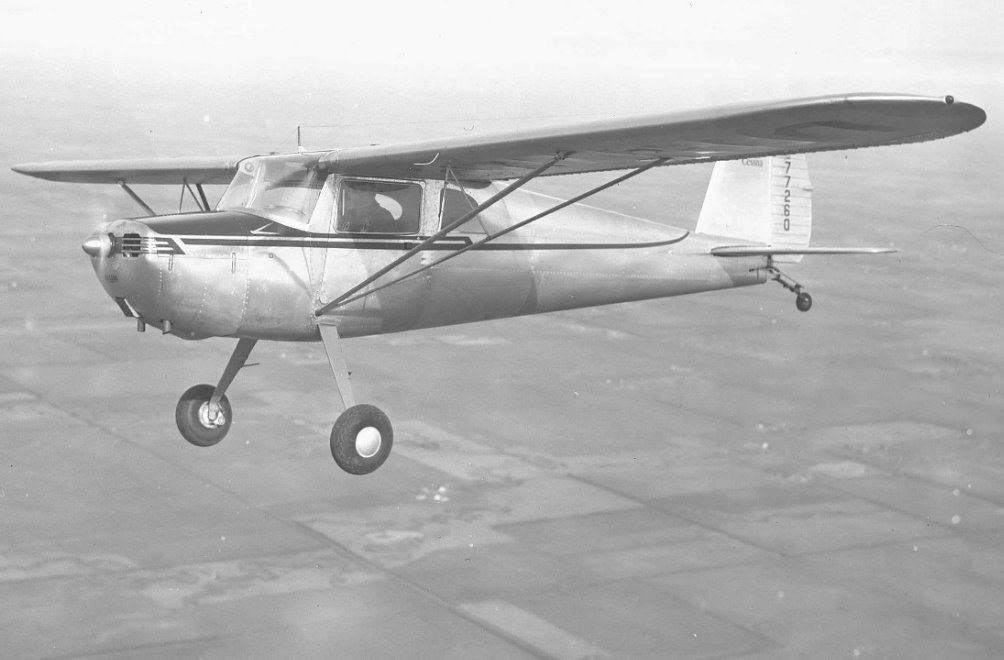The trick to this latch mechanism is that it folds up like a jack knife when the window is closed. To do that, the steel link folds inside the aluminum link. It sounds simple but the pivot at the door end of the link, which moves in and out of the aluminum link, includes the brackets and the pin holding them all together. The parts manual calls this pin a rivet. It needs to be something with very thin heads on the ends. The inside of the aluminum link is 3/4" (0.750") and the inside of the steel link is 7/16" (0.438"). The brackets are each 0.040" thick and the link is made of 0.050" thick steel. Allowing a little (0.010") for clearance for the brackets and link to move, and about the same for the links to move in and out doesn't leave much to form the heads on this rivet. (.750-.438-(.050x2)-(.040x2)-.010-.010)/2=.056" for the rivet head height. They can call it a rivet all they want I have no way to form a head on a 3/16" rivet and still have all these parts move. As an alternative I looked at using an aluminum book binder screw (male and female parts which screw together). They are readily available but the shaft diameter is more like 7/32" than 3/16" and the aluminum seemed very soft and would wear out to quickly. I decided to make the same type connector with a piece of 3/16" x .035" 4130 steel tubing and an AN526C-632R6 in each end. The screws will be held secure with Loctite. The 6-32 version of the AN526C screw has a head height of 0.860" so it will need to be ground down to clear when folding. After grinding there is still enough of the Phillips slots left to easily install and remove the screws. The 6-32 screw is perfect since the inside diameter of the tubing is almost exactly the correct hole size for tapping the threads. The head on these screws are a large enough diameter that they will hold the parts securely even as the holes in the brackets wear out larger. Because of their size they can also be tapered nicely to more easily slide into the link during folding.
The process for making these parts is easy, thread a piece of tubing about 5/8" long and modify 2 screws. I have no easy way to hold this small piece of tubing while threading it. A collet would work nice but I don't have one. I chose to use my metal bending pliers with a piece of Scotchbrite to get a good grip without scratching or distorting the tubing, it worked well. Threading works best with some cutting oil. After the first couple threads are cut, small moves turning the tap in a little and back a little with very light force will prevent breaking the tap. They are very brittle. Because of the small size and fine threads I only went about 3/6" in and then removed the tap and washed off the chips in MEK, and then re-oiled the tap. This made it a little slow but the threads came out nice.
The piece was then cut off on the band saw and the end ground square with the belt sander. The trick to getting a nice clean square end is to roll the tube holding it against the miter fence as you move the fence across the face of the belt. By using a light pressure against the belt you can take off as little as .0005" in a pass. I ground the end down to make the length about .005" longer than the desired finished length. I counter bored the ends of the tube and this extra length left some metal for cleaning up the ends after drilling.
The counter bore is done for 2 reasons. First it assures the screws will seat completely when tightened. The other reason is because the tap is not long enough to cut threads all the way to the end of piece of tubing. The first few threads on the tap are not full treads to make it easy starting the tap. The other end of the tap has a bit of a shoulder which limits the depth the tap can go. The counter bore allowed the tap to be run in just deep enough to run the tap in from both ends to clean up the threads at the far end.
The counter bore was only done about .020"-.030" deep so there would be as many good threads as possible.
Now the tap is just enough deeper.
The 3/8" long screws had to be shortened slightly so they would both bottom out against the tube ends. I probably could have used 1/4" screws but I used what I had. The heads were ground down by chucking the tube in the drill and spinning the screw while grinding it. You have to work on the side of the head which holds the screw tight or exciting things happen as the screw comes out at high speed. That's probably why I wear safety glasses at all times, not just when doing something dangerous.
After grinding I finished the screw heads with a fine mill file to smooth them up a little more. I don't want them to wear a notch in the sides of the aluminum link.
Except for painting the steel parts I've run out of things to do on this. Now I can install them and put the new glass in the doors. I didn't want to install the side glass until I was sure all this would fit and work correctly.
Tuesday, December 20, 2011
Subscribe to:
Post Comments (Atom)












No comments:
Post a Comment